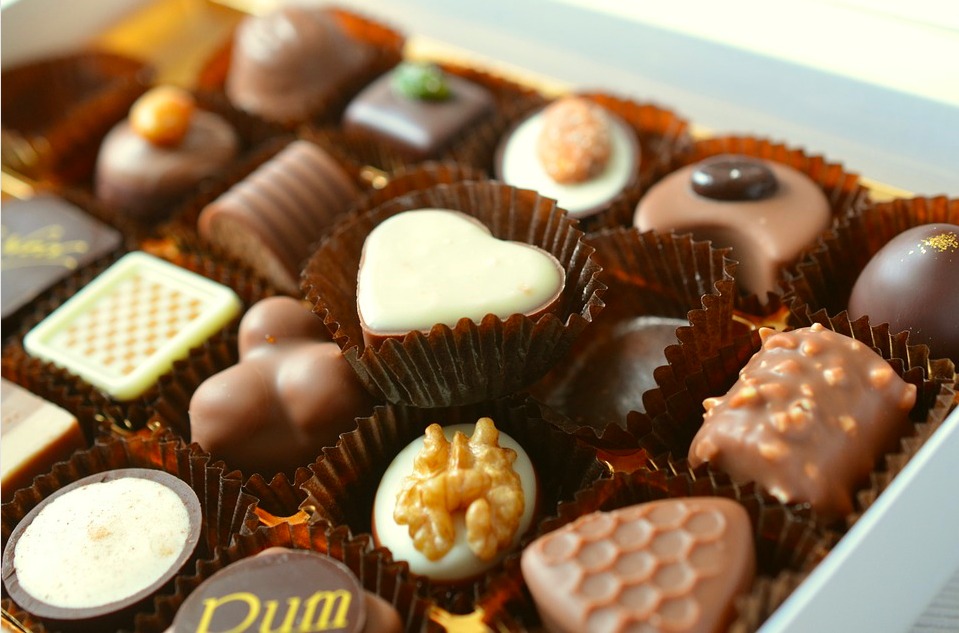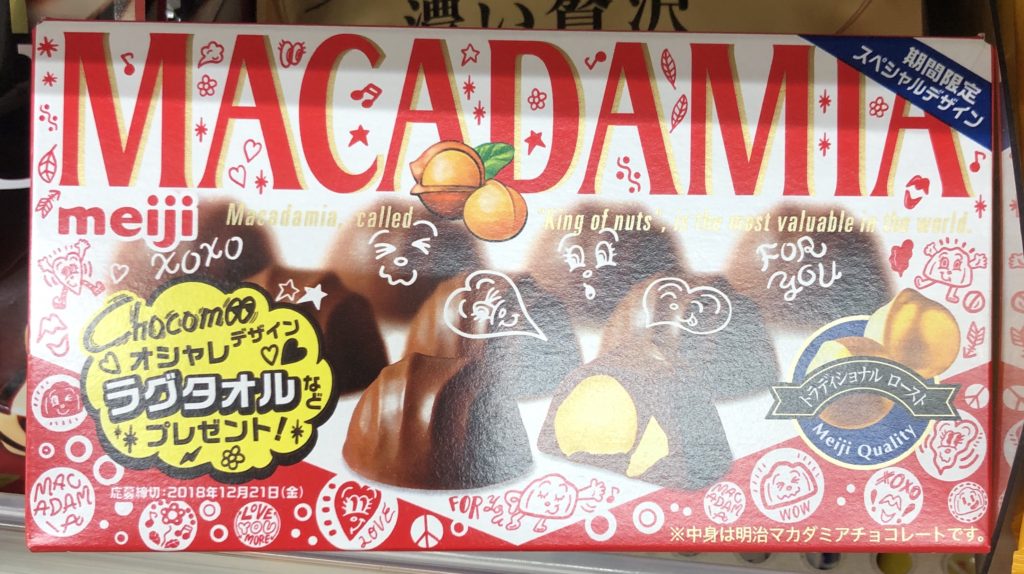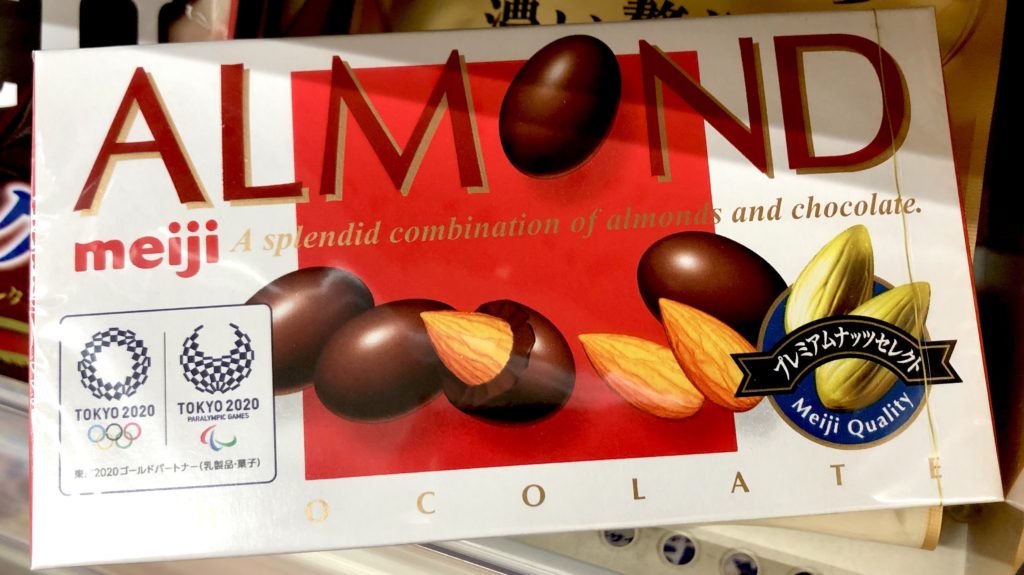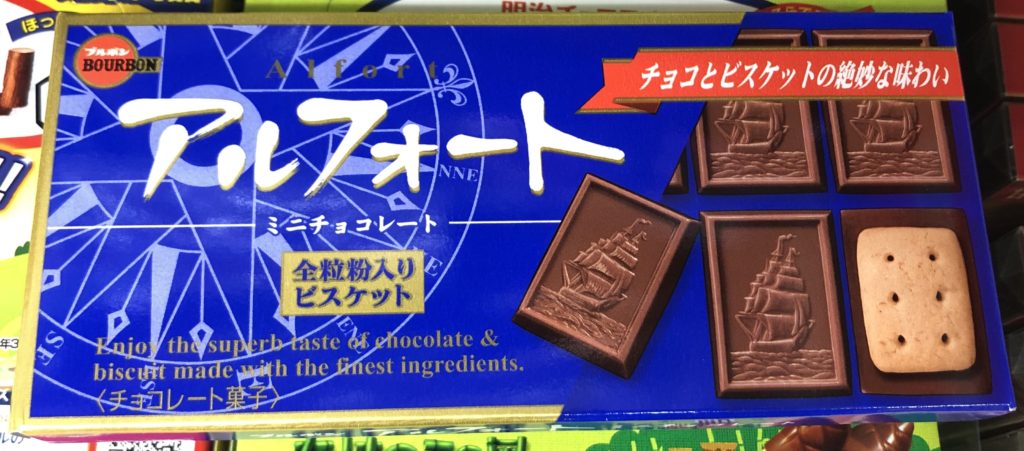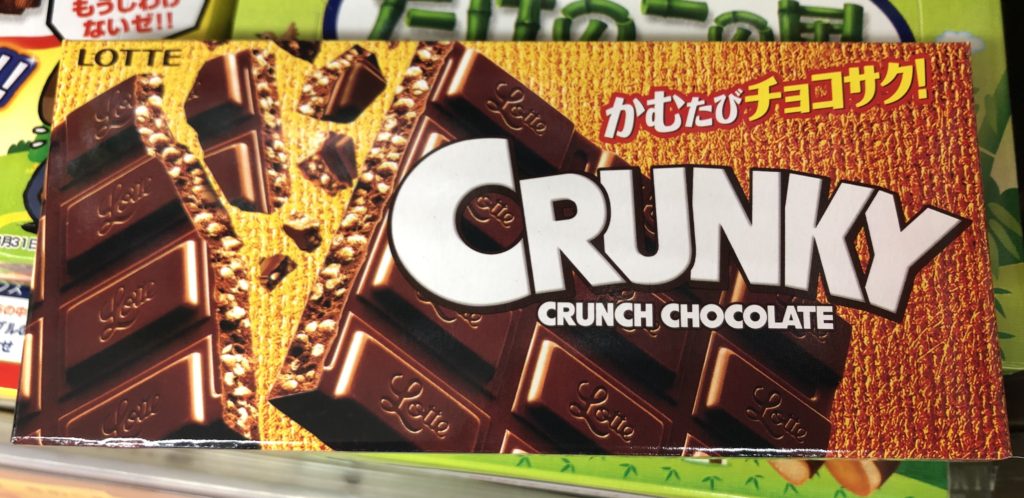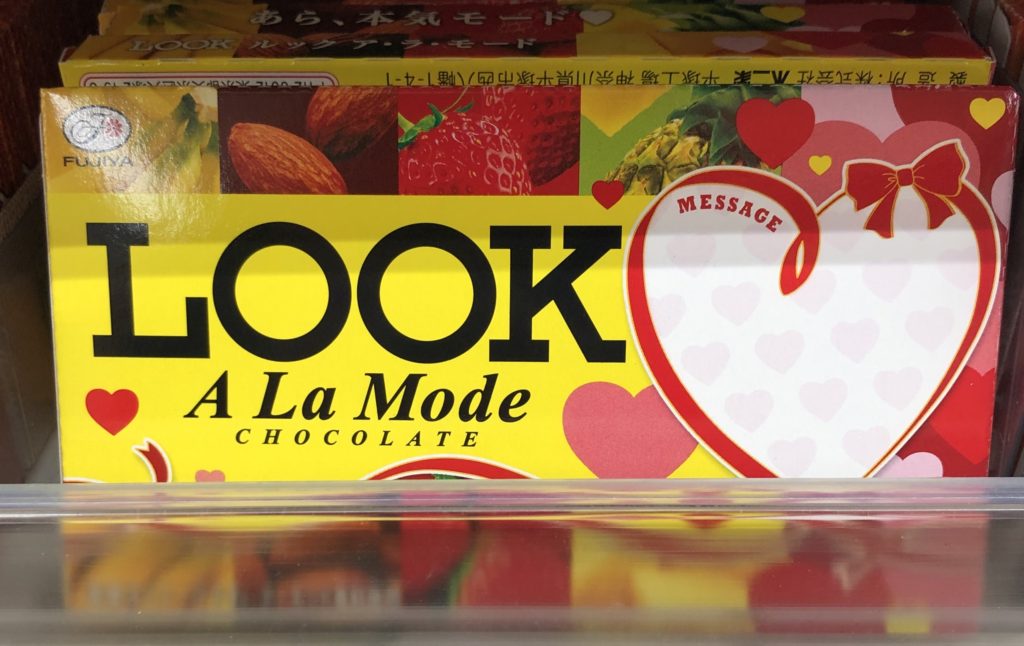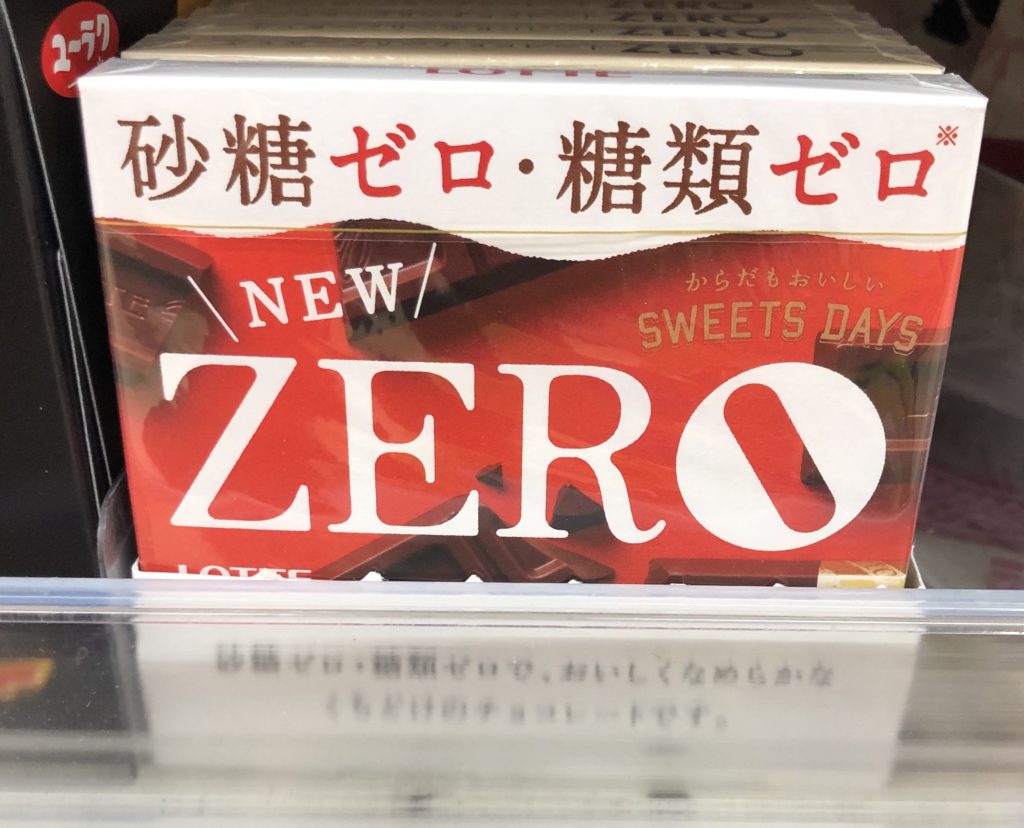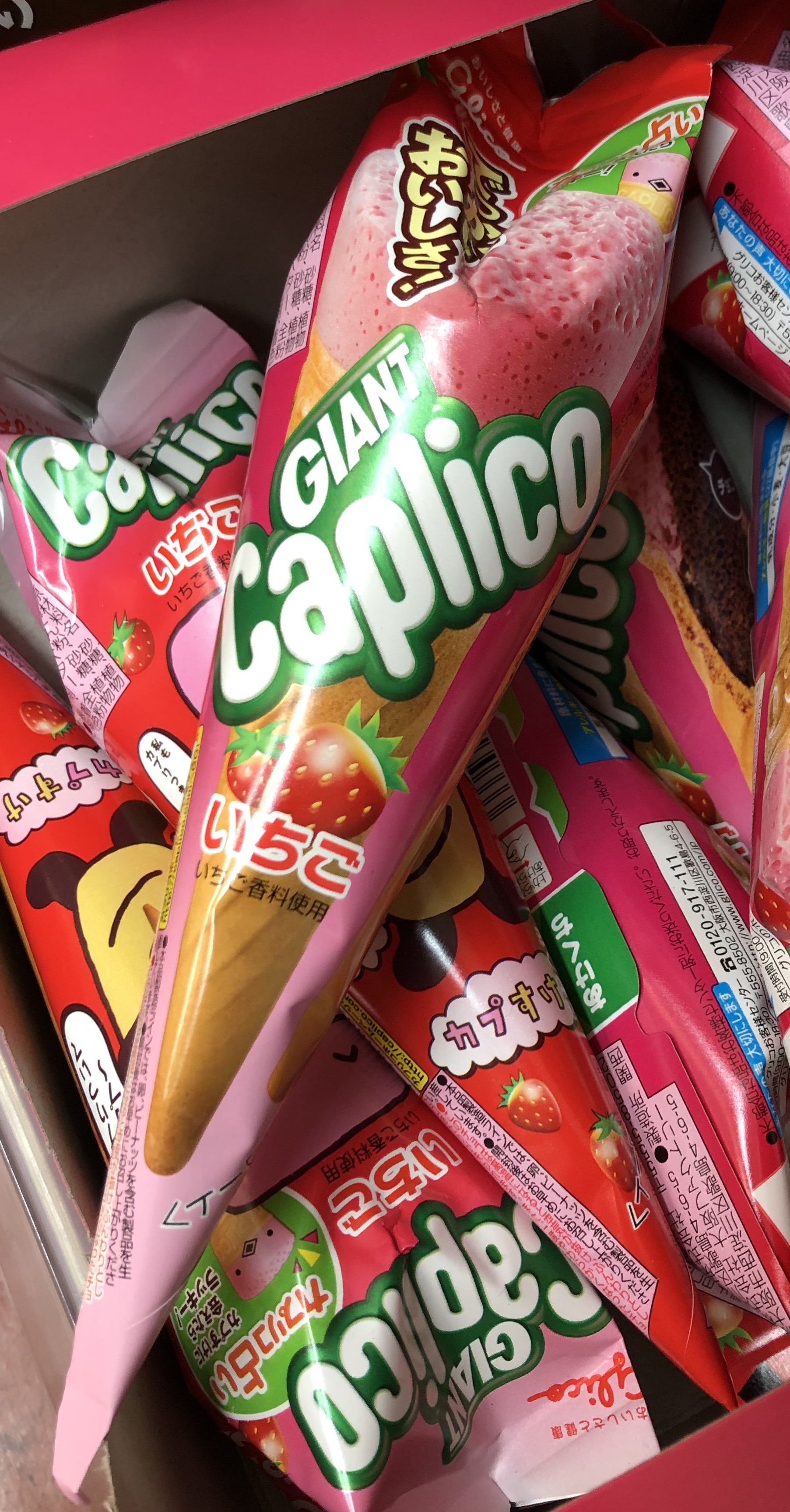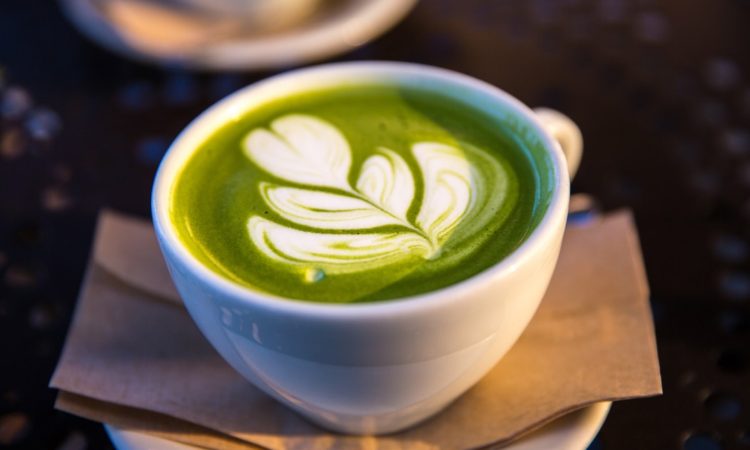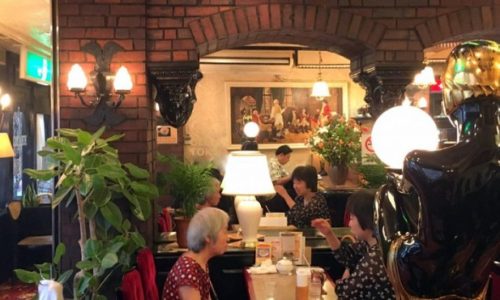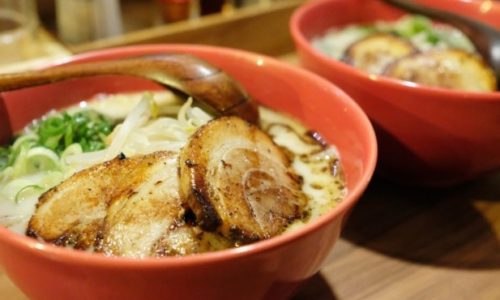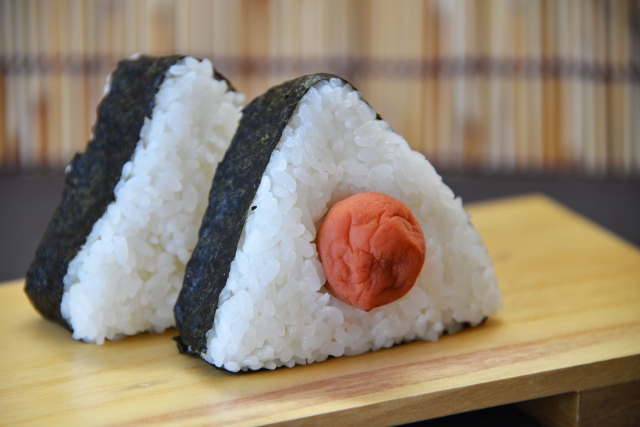This post is also available in:

When it comes to Japanese chocolate, you may think of Meiji chocolate, one of the most popular and well-known brands. But is this brand the best? What other inexpensive-yet-tasty chocolate can you find in Japan?
Chocolate is undeniably one of the world’s most popular and most consumed sweet. With its soft and tender texture, people easily fall in love with this brown-sugary delight. Chocolate also has a long history in Japan, with the first Japanese chocolate dating back to the Edo period.
Nagasaki, although being the port city for Japan during the Edo era, limited the foreigners who may enter the port city. The Dutch were one of them, and it was the Dutchmen that introduced chocolate to Japanese people. During the time, chocolate was becoming popular in European countries, leading to its eventual spreading to Japan through the Dutch.
Eventually over time, fast-forwarding to the Meiji period of Japan, the first chocolate bar was made and sold. Although it was written as “チョコレート”, which is the Japanese Katakana equivalent to the word “chocolate”, the Kanji for chocolate was “貯古齢糖”. The Kanjis in 貯古齢糖 has individual meanings, with “貯” meaning “storage”, “古” meaning “old”, “齢” meaning “age”, and “糖” meaning “sugar”. Chocolate became more available in Japan, allowing more Japanese people who never tried chocolate to try the savoring cocoa candy for the first time.
Despite its continued popularity, Japan was unable to import cocoa due to World War II, causing chocolate production in Japan to stop. However, after the war, Japanese people were able to consume chocolate again when the American soldiers brought chocolate with them to Japan. Eventually, chocolate was produced and sold again in Japan, and this time for good. After 1971, manufacturers started to produce different varieties of chocolate in Japan, leading to a wide range of chocolate that exists in modern-day Japan.
Today, Japan is known for many types of delicious sweets, and chocolate is one of them. With Valentine’s day approaching, the craze and demand for chocolate also increase. However, with its overwhelming varieties to choose from, you might find a hard time to pick one. In this article, we have gathered some of the best inexpensive chocolates for you!
Our List of Cheap, Addictive Japanese Chocolate Under ¥300
Here is our mouthwatering list, a selection of our favorite cheap yet delicious chocolates! Don’t read it before lunch or who knows how many of the below chocolates you’ll come back from the conbini with!!
1. Meiji Chocolate Macadamia/Almond
The price for Meiji Chocolate Macadamia and Meiji Chocolate Almond ranges from 180 yen to 190 yen per box, depending on where you buy it.
This chocolate is perfect for anyone who prefers something more than just a bar of plain chocolate. With two different types of nuts to choose from, macadamia and almond, you can pick the nut that you best like and enjoy it along with the soft chocolate. The chocolate itself is milk chocolate and has a creamy taste that goes perfectly with the nutty taste from macadamia and almond.
This line of chocolate by Meiji was introduced to Japan back in the 1900s. With its long history, it has been consumed and familiarized by most Japanese. It has been exported to several countries, such as China. In fact, it was first exported to Shanghai in 2006 and has become one of the company’s best seller. Meiji Chocolate Macadamia and Meiji Chocolate Almond, along with other lines of chocolate, created Meiji’s success in China.
One box of Meiji Chocolate Macadamia and Meiji Chocolate Almond contains 12 pieces of chocolate.
2. Bourbon Alfort Mini Chocolate Biscuit
Bourbon Alfort Mini Chocolate Biscuit’s price ranges from 70 to 90 yen, depending on the store. This line of chocolate has a wide range of flavors to choose from, whether its the basics like milk chocolate, white chocolate, dark chocolate, or something more special like Japanese green tea (Matcha) flavored chocolate, Japanese red bean (Azuki) flavored chocolate, burned butter flavored chocolate, and more. Other than the extensive flavors of chocolate to choose from, the specialty of this chocolate is that it comes with a biscuit. The biscuit is put together with the chocolate and it is made in bite-sized quantity. Although some may not be familiar with the combination of biscuits and chocolate, the crunchiness of the biscuit blends in with the soft, smooth, and sweet texture of chocolate, and the two make an excellent pair.
One box of Bourbon Alfort Chocolate Biscuit contains 12 pieces.
3. Meiji Chocolate Bar
One box of Meiji Chocolate Bar costs around 80 yen to 90 yen. This chocolate is a great match for those who want to go back to basic and enjoy plain chocolate. The flavor ranges from dark, milk, sweet and white. Meiji Chocolate Bar dates back to 1926 when it was first introduced. The design and packaging changed over time but still remains on brand. Some people have said that the packaging of the Meiji Chocolate Bar looks familiar due to the fact that it looks a bit like the classic Hershey’s Chocolate Bar packaging.
One bar of Meiji Chocolate Bar has 15 blocks.
4. Takenoko No Sato / Kinoko No Yama Meiji Chocolate
Takenoko No Sato and Kinoko No Yama’s price ranges from 150 to 180 yen. The two brands of chocolate once again from Meiji and are one of Japan’s most well-known chocolate. Although different in appearance, the two types of chocolate are made with milk chocolate.
Takenoko No Sato, or as written in Japanese as “たけのこの里”, is a bamboo shoot-shaped biscuit, covered with chocolate. The biscuit has a milky taste, which compliments the chocolate. Its name, “たけのこの里” is a suggestion to its shape. “たけのこ” (Takenoko) is “bamboo shoot” in Japanese, although the word’s literal meaning is “bamboo child”, and “里” (Sato) means village.
Kinoko No Yama, or as written in Japanese as “きのこの山” is a mushroom-like biscuit, with chocolate covering the “cap” of the mushroom. “きのこの山” (Kinoko No Yama) means “mushroom mountain”, with “きのこ” (Kinoko) meaning “mushroom”, and “山” (Yama) meaning “mountain”.
Both the “bamboo shoot” and “mushroom” chocolate are small and comes in a bite-sized shape, making it very easy to unintentionally finish the whole box in one sitting.
However, there is a controversy that existed for a long period of time over these two snacks from Meiji. Because of its similarity, there is a constant competition of “which is best?” Some prefer Takenoko No Sato, while some prefer Kinoko No Yama. This has been a debate that some Japanese, and even foreigners, have had for a long time.
One box of Takenoko No Sato is 76 grams, while one box of Kinoko No Yama is 88 grams.
5. Lotte Crunky Crunch Chocolate Bar
One box of Lotte Crunky Crunchy Chocolate Bar costs around 98 yen. This product from Lotte is made from milk chocolate and malt puffs. The tiny malt puffs that filled the chocolate makes the product crunchy with every bite, which fuses wonderfully with the sweet and tender taste of milk chocolate.
With 15 sections per 1 chocolate bar, the inexpensive price, and crispy creamy taste, Lotte Crunky Crunch Chocolate Bar is worth the try.
6. Look A La Mode Chocolate
The price per one Look A La Mode Chocolate box is around 98 yen. The unique feature about this product is that you get to try 4 different types of chocolate fillings in one box of chocolate. One box of Look A La Mode Chocolate contains chocolate with banana, almond, strawberry, and coffee fillings. There is also a similar product from the same brand, with caramel being substituted for coffee. The fillings are creamy and go perfectly with the milky chocolate.
One box comes with 12 pieces of chocolate, 4 pieces per flavor. Each piece of chocolate has a specific pattern on top to distinguish the different flavors.
7. Lotte Zero: Non-Sugar Chocolate
Lotte Zero Non-Sugar Chocolate costs around 220 yen – 230 yen per box. Sugar-free sweets are very common in all parts of the world, from sugarless gums to sugar-free candies. But because chocolate usually comes in a form of either milky and sweet chocolate or dark, 100% cocoa chocolate, sugar-free chocolate may be something that not everyone has heard of. This chocolate has been around in Japan for a long time and has been developed in terms of taste and price over time. As the name suggests, this chocolate has “Zero” sugar, which may be desirable to those who have health issues relating to sugar, or those who want to lower their sugar intake but still want to eat chocolate.
However, the cut in sugar also means a change in taste. Although Lotte Zero Non-Sugar Chocolate still has the distinguishable taste of milk chocolate, and even though the artificial sweetener is used to substitute sugar, the absence of sugar is still easily noticeable.
One pack of Lotte Zero Non-Sugar Chocolate contains 5 sticks of chocolate.
8. Glico Giant Caplico Strawberry/Chocolate
Although this doesn’t look like chocolate, stay with us here. One Glico Gaint Caplico Strawberry costs around 80 yen to 90 yen. This product was made to resemble Glico’s ice cream, from the packaging to the shape but is actually a wafer cone filled with chocolate that melts inside your mouth. Just like a Glico ice cream cone, the wafer cone has a milky chocolate filling at the very bottom. Glico Giant Caplico Strawberry has strawberry-flavored chocolate on the top of the cone, with milk chocolate in the middle and the rest of the cone, while the Glico Giant Caplico Chocolate is filled with chocolate from top to bottom. The wafer cone is crispy, and the chocolate filling is airy and sweet.
Since is it also the same as a real ice cream cone, one Glico Giant Caplico is quite filling.
9. Fujiya Peko Milky Chocolate
One box of Fujiya Peko Milky Chocolate costs around 90 yen. Although similar to Look A La Mode Chocolate, which has different flavors of creamy fillings inside, Fujiya Peko Milky Chocolate is filled with only creamy milk. People might recognize this brand from the well known and perky Peko-chan, a girl with cherry red cheeks and two pigtails tied with a navy blue hair bow. She is the mascot of the Fujiya company, the producer and creator of the milky chocolate. Other than on the box, her face also appears as a pattern on the pieces of the chocolate.
The creamy milky filling fuses with the milk chocolate without being too sweet, and the creaminess adds fluffiness to the chocolate. One box of Fujiya Peko Milky Chocolate contains 12 pieces of chocolate.
10. Meiji Melty Kiss Strawberry Chocolate
Meiji Melty Kiss Strawberry Chocolate costs around 250 yen per box. The convenient feature about this chocolate is that they are individually wrapped by a foil wrapper, making it easy to grab a piece of chocolate and on the go. The paper box it came in also works handily as a container since the top part of the box flips open like a lid. The snow-themed packaging is also appropriate with this chocolate, given that the tender chocolate melts in your mouth. You can taste the sweet and slightly sour strawberry filling, which has a creamy texture. Meiji Melty Kiss Chocolate comes with fillings such as green tea, and other special filings such as soybean, which may be a strange thing to pair with chocolate by some foreigners.
One box of Meiji Kiss Strawberry Chocolate is 60 grams.
Is Meiji Still Your Favorite? What Japanese Chocolate Do You Like?
Chocolate has long existed in Japan, and with Japanese creativity, Japanese chocolate has gained its name even in foreign countries. As a newcomer, the varieties of chocolate may be too hard to pick from. Especially with the different prices, it may be challenging to try all the interesting choices. However, with these tasty Japanese chocolates under 300 yen, you will be able to have a chance to try as much as possible without feeling it in the bank!
Let me know if you have tried any of these and how it was in the comments below!
Baimon / Thailand

